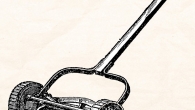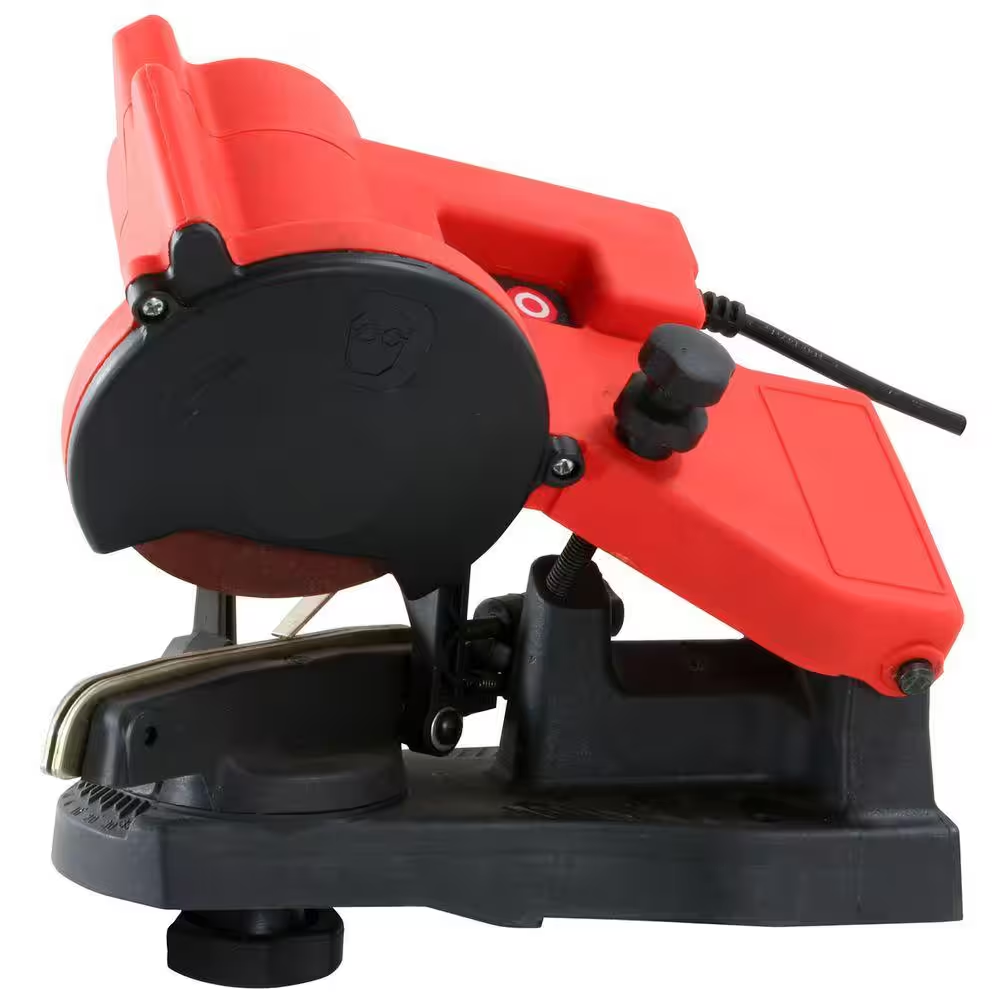
How Much Does a Riding Lawnmower Weigh: A Guide
Introduction to Riding Lawnmower Weights
How much does a riding lawnmower weigh? When considering a riding lawnmower, weight is a crucial factor. It affects many aspects, from performance to portability. This guide provides a detailed look at how much riding lawnmowers weigh. We’ll explore average weights, the influencing factors, and compare different brands. Understanding the weight can help you choose the right mower for your needs. It’s essential for transportation, storage, and handling. These aspects will ensure your mowing tasks are as efficient as possible. Whether you’re a first-time buyer or looking to upgrade, this guide is for you. Let’s dive into the world of riding lawnmower weights.

Average Weights of Riding Lawnmowers
How much does a riding lawnmower weigh? When mowing your lawn, knowing how much a riding lawnmower weighs is key. Average riding lawnmowers weigh between 400 to 600 pounds. Smaller models often lean closer to 400 pounds. The larger, more feature-rich models can tip the scales at about 600 pounds or more.
These weights can impact how you use the mower. Heavier mowers might be more stable on uneven terrain. Yet, they can be harder to move around when not in use. Lighter mowers provide easier handling and storage. However, they may not have the same stability or durability as the heavier models.
Keep an eye on this range as you shop. Remember that attachments can add to the overall weight. Things like mulching kits or baggers are useful, but they tack on extra pounds. Consider this when you plan for storage or transport.
Whatever your choice, be sure it matches your needs and lawn conditions. With the right information, you’ll find the perfect balance between weight and performance.
Factors Influencing the Weight of Riding Lawnmowers
Several elements affect how much a riding lawnmower weighs. These factors shape not just the mower’s performance but also its ease of use and longevity.
Materials Used in Construction
The materials manufacturers use in building a mower play a significant role in its weight. Steel is common for its durability. Yet, it adds more weight than aluminum or plastic components. Models with a full steel body are typically heavier.
Engine Size and Type
The engine is a major contributor to the weight of a riding lawnmower. Larger engines provide more power but also increase the overall weight. Additionally, the type of engine, whether it’s a single or twin-cylinder, influences the weight.
Cutting Deck Size
The size of the cutting deck influences weight. Larger decks mean more material, and thus more weight. They are suited for bigger lawns but come with added heft.
Additional Features and Accessories
Features like four-wheel drive, or accessories like baggers, add to the mower’s weight. Consider if these extras are must-haves, as they contribute to the lawnmower’s bulk.
Mower’s Size and Frame Structure
The overall dimensions and frame design impact a mower’s weight. A sturdier, well-built frame is crucial for longevity, but it can make the machine heavier.
When choosing a riding lawnmower, consider these factors. They will influence not just how much the lawnmower weighs, but your experience using it. Keep them in mind as you weigh your options.
Weight Comparisons Between Different Riding Lawnmower Brands
How much does a riding lawnmower weigh? When comparing brands, weight varies widely. Popular brands have different design philosophies and target markets. This results in a diverse range of weights. Let’s look at how some notable brands stack up in terms of how much their riding lawnmowers weigh.
- John Deere: Known for robust construction, John Deere mowers often weigh more due to durable materials. A typical John Deere model could weigh around 500 to 600 pounds.
- Husqvarna: Offering a mix of performance and practicality, Husqvarna’s mowers are in the mid-range weight category, typically between 450 and 550 pounds.
- Troy-Bilt: Aimed at the residential market, Troy-Bilt mowers tend to be lighter for easier maneuverability, generally weighing from 400 to 500 pounds.
- Craftsman: Craftsman mowers are known for their versatility and may range from 430 to 580 pounds, depending on the model and features.
- Cub Cadet: These mowers strike a balance between weight and durability, with average weights falling between 420 and 520 pounds.
Each brand offers a spectrum of models that cater to different lawn sizes and user needs. Some focus on power and durability, leading to heavier designs. Others prioritize ease of handling and storage, resulting in lighter machines. Your specific requirements, such as lawn size and terrain, should guide your choice.
As you shop, remember the impact of weight on performance and handling. Heavier models might handle uneven ground better. Lighter ones could be easier to store or transport. Attachments can also play a role, so weigh those considerations too.

In summary, choose a brand and model that offers the right weight for your mowing needs. By doing so, you’ll ensure a more pleasant and efficient mowing experience.
Importance of Lawnmower Weight for Performance and Handling
The weight of a riding lawnmower plays a critical role in its performance and handling. Here are several key points to consider:
- Stability on Terrain: A heavier mower typically offers more stability. It is less likely to tip over when operating on slopes or uneven ground. This can improve safety and mowing quality.
- Handling and Maneuverability: Lighter lawnmowers are easier to steer and maneuver. They require less effort to turn and can navigate tight corners with more agility.
- Ground Impact: Lawmowers that are too heavy could compact the soil more than lighter ones. This may lead to issues like reduced grass health or difficulty in water absorption.
- Traction Control: Weight impacts traction, too. A heavier lawnmower may have better grip in moist or slippery conditions. This leads to cleaner cuts and reduced slipping.
- Vibration: The weight influences vibration levels during use. More weight may reduce vibrations, leading to a smoother operator experience.
In short, weigh these factors when choosing a riding lawnmower. Match your needs to the mower’s weight for the best mowing performance and handling experience.
How Weight Affects Transportation and Storage of Riding Lawnmowers
How much does a riding lawnmower weigh? The weight of a lawnmower affects how you move and store it. Let’s break down these impacts:
- Transportation Ease: Lighter mowers are simpler to load into a truck or trailer. Heavier models might require ramps or extra help.
- Storage Space: Heavier mowers often need more robust storage solutions. Sheds or garages should have sturdy flooring to support them.
- Portability: If you need to move the lawnmower between locations, weight is vital. Lighter models are more portable and user-friendly.
- Handling When Not in Use: Pushing a lawnmower into a corner or up a ramp is easier when it’s lighter. Heavy ones may need a winch or vehicle to reposition.
In short, the weight of a riding lawnmower will directly affect how you transport and store it. Consider your ability to handle the mower’s weight when not in use. Choose a model that fits your physical capabilities and available storage facilities.
Tips for Managing Heavy Riding Lawnmowers
Managing a heavy riding lawnmower can be challenging. Here are tips to help you handle the weight:
- Use Wheel Chocks: When parking on a slope, wheel chocks prevent the mower from rolling.
- Apply Transmissions for Moving: Use the mower’s transmission settings to move without starting the engine.
- Install Ramps: For storage or transport, ramps are essential to safely move heavy mowers.
- Seek Help When Necessary: Don’t hesitate to ask for assistance when lifting or moving the mower.
- Regular Maintenance: Keep the mower in good condition to avoid additional weight from debris accumulation.
- Clear Pathways: Ensure your pathways are free of obstacles for easier maneuvering of the mower.
- Balance the Load: When adding attachments, balance them to distribute the weight evenly.
- Check Tire Pressure: Properly inflated tires improve maneuverability and reduce strain on the engine.
Remember, safety is paramount when handling heavy equipment. Use these tips to manage your riding lawnmower’s weight effectively.

Incorporating Weight Considerations in Your Riding Lawnmower Purchase
When you’re buying a riding lawnmower, weight should be a top priority. Consider how you will use it, transport it, and where it will be stored. Use this guide to match the mower’s weight with your requirements. Heavier mowers offer stability and durability for large, uneven lawns. Lighter ones are better for small yards and easy storage. Pay attention to the engine size, cutting deck, and additional features. These add weight and influence your experience. Heavier models need strong support when stored and more effort to move. Remember, attachments increase the overall weight. Factor this in if you need extra tools for your lawn. Ensure you choose a model that you can comfortably handle. Especially important if you transport or store it often. Lastly, consider the terrain of your lawn. Steeper slopes require a mower with good traction and weight for safety. In summary, the weight affects how the lawnmower performs, handles, and fits into your life. Keep it in mind when you make your purchase. Choose wisely for an easy, pleasant mowing experience.












Leave a Reply